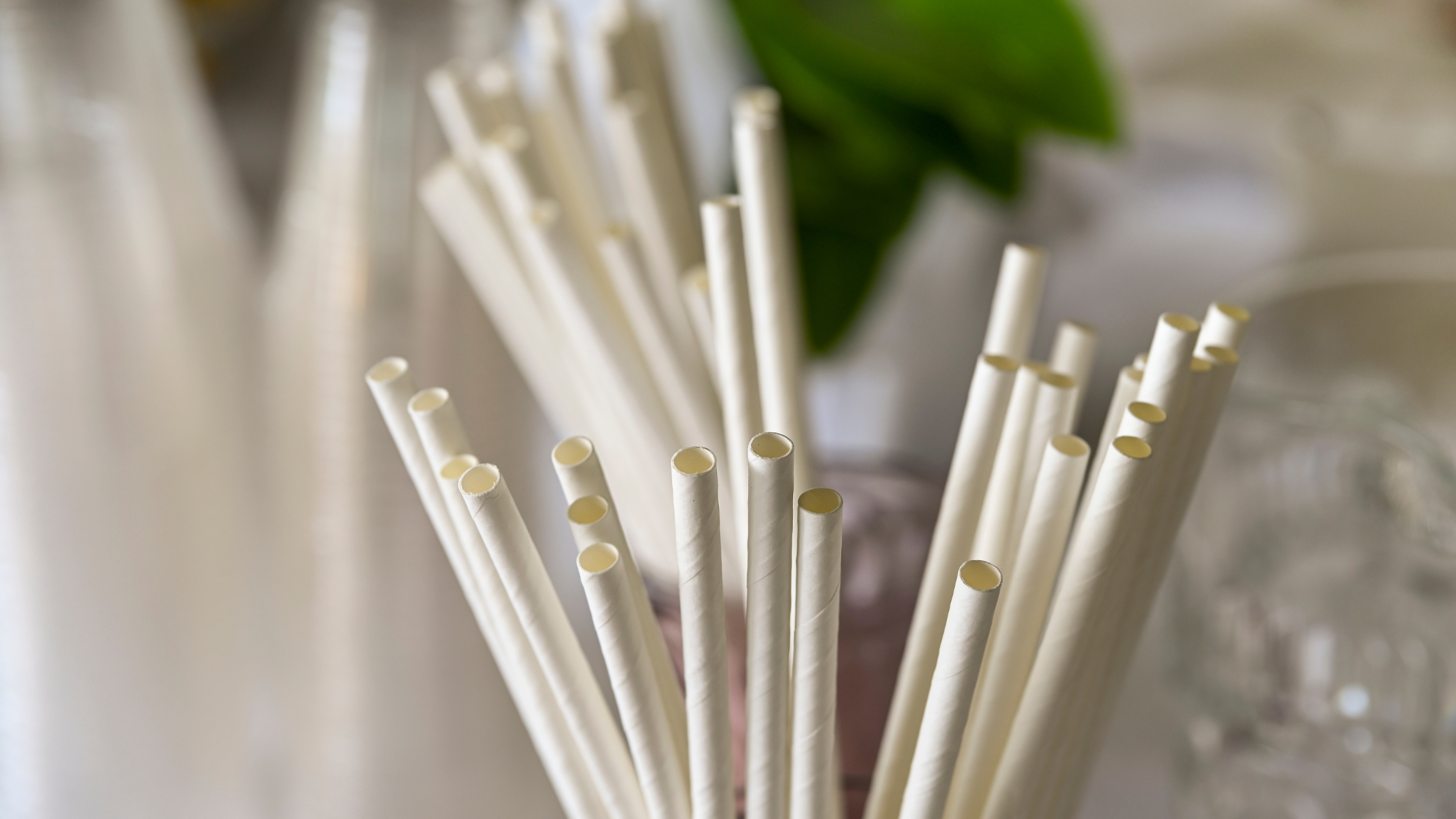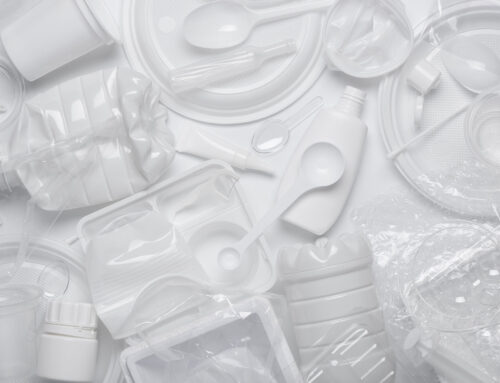Love them or hate them, plastic straws have been at the center of the sustainability debate for years. They’re small, seemingly insignificant, and—if you’ve ever sipped a smoothie through a flimsy paper straw—controversial. But President Trump’s latest executive order reversing or limiting federal bans on plastic straws has people talking again. Let’s dive into why the ban was started in the first place, how plastic straws end up in the ocean, and what else we could be doing to reduce environmental impact beyond banning this small but mighty plastic tube.
Why Were Plastic Straws Targeted in the First Place?
Plastic straws became the poster child of ocean pollution after a viral video in 2015 showed a sea turtle with a plastic straw lodged in its nostril. The video struck a chord globally, triggering an environmental movement. For many, straws were a low-hanging fruit—an easy item to ban, since reusable alternatives like metal, bamboo, and even pasta straws were readily available.
But here’s the reality: Plastic straws make up a small fraction of ocean waste. According to a 2018 report by Ocean Conservancy, they accounted for just 0.025% of the 8 million tons of plastic entering the ocean each year. Critics of the ban argued that it was a symbolic gesture rather than a significant environmental fix. Still, the movement gained traction with corporations like Starbucks and governments implementing bans.
How Do Plastic Straws End Up in the Ocean Anyway?
It’s not like people are intentionally tossing their straws into the ocean. The problem lies in leakage pathways—how improperly discarded plastics escape landfills and recycling systems. Straws are lightweight and easily transported by wind or water into storm drains, rivers, and eventually, the ocean. In places with inadequate waste management systems, straws and other plastics pile up in waterways and coastal areas, contributing to marine debris.
Additionally, many straws are too small to be effectively processed in recycling facilities, often slipping through machinery and ending up in landfills or incinerators—or worse, as litter.
Trump’s Executive Order: What’s Changing?
The executive order primarily focuses on rolling back federal bans on plastic straws and certain single-use plastics, arguing that the bans have placed unnecessary burdens on businesses, particularly restaurants and food service providers. The administration emphasized freedom of choice, citing the inconvenience and consumer dissatisfaction with paper straws as part of its rationale.
While the executive order doesn’t affect existing state or local bans (many of which remain in effect), it signals a shift in federal policy. For companies looking for regulatory consistency, this change could reduce operational complexity. However, environmentalists warn it could hinder progress on reducing plastic waste if businesses interpret it as a sign to deprioritize sustainability efforts.
Alternatives to a Plastic Straw Ban: What Actually Works?
Here’s the thing—banning plastic straws might be part of the solution, but it’s not the solution. We need a more comprehensive approach to tackle the larger issue of plastic pollution. Some impactful alternatives to bans include:
- Improving Recycling Infrastructure:
- Many straws aren’t recycled because recycling plants can’t handle them efficiently. Investing in better waste management systems, including technology that can sort and recycle small plastics, is key.
- Encouraging Biodegradable Materials:
- Some companies are developing straws made from plant-based plastics that break down in the environment without leaving harmful microplastics behind. Scaling production and incentivizing their use could be a game-changer.
- Reducing Overall Plastic Use:
- Let’s not forget that single-use plastics extend far beyond straws. Reducing plastic in food packaging, utensils, and bags could have a far greater environmental impact. Businesses could lead the charge by switching to compostable or reusable options.
- Expanding Deposit-Return Schemes:
- Systems that reward consumers for returning plastics (think bottle deposit programs) could be adapted for other types of single-use items like straws or cups.
A Balanced Approach: Sustainability Without Over-Simplification
Trump’s executive order highlights an important truth about the environmental debate: Not every problem has a one-size-fits-all solution. While straws symbolize the larger issue of plastic waste, banning them outright may not be the most effective strategy.
The conversation should shift toward innovation, better waste management, and responsible consumption—without vilifying businesses or consumers for their choices. Striking this balance is where real progress happens.
So, if you’re someone who misses the convenience of plastic straws but still wants to protect the planet, you’re not alone. The goal shouldn’t be to ban everything we love but to find sustainable ways to enjoy life without damaging the world around us.







